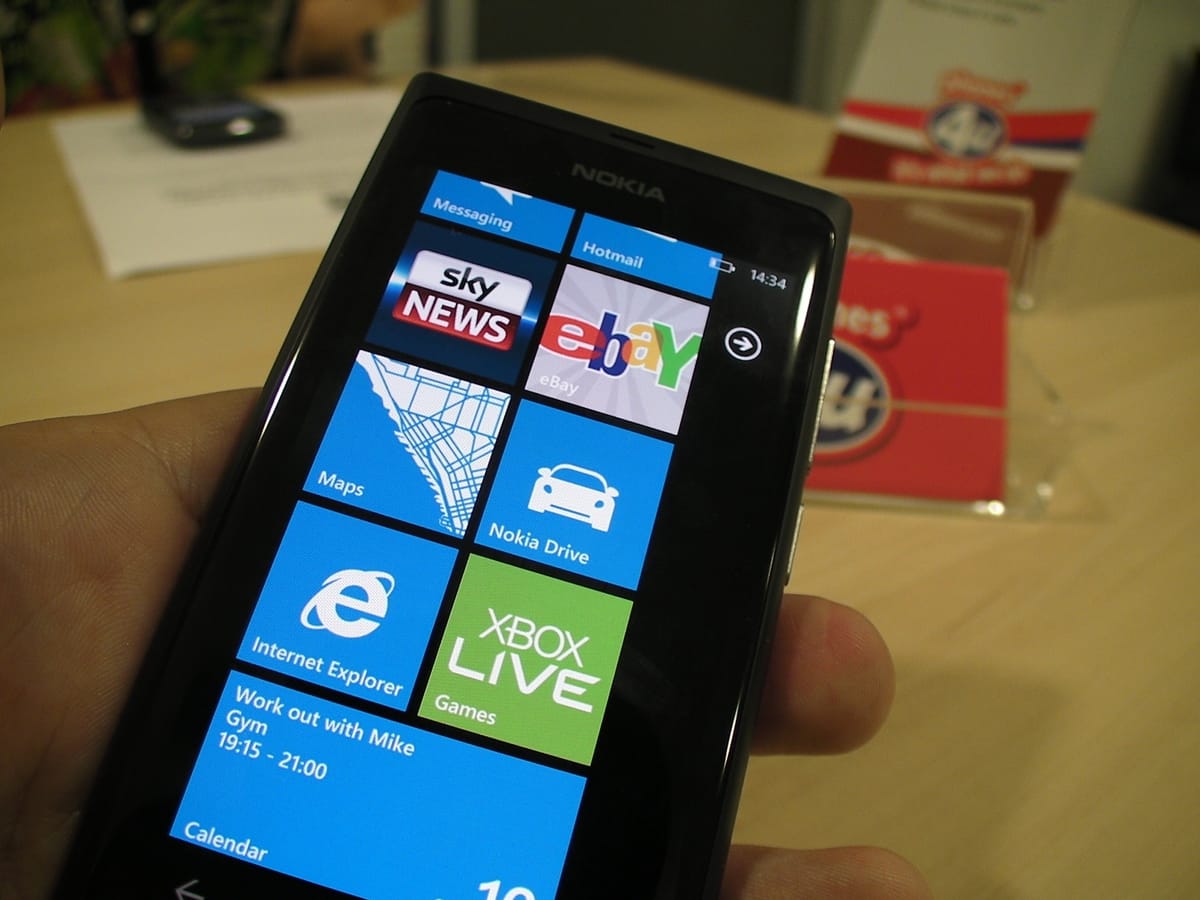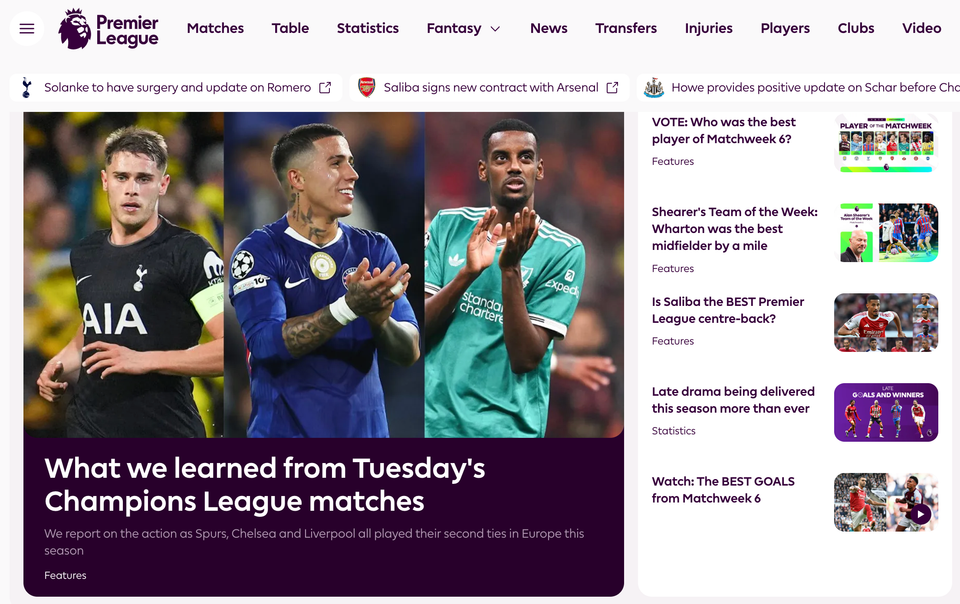Nokia is absolutely ROCKING -- standby for domination soon!

Goodness me, how a year changes things.
Last year I didn’t go to Nokia World. I couldn’t. I just couldn’t face it. Watching some of the streaming video from that event, I simply could not believe that Anssi Van Jokki got away with screaming “Nokia is back” during his keynote. It was — as I think everyone bar the odd Symbian fanatic — total unmitigated bollocks. The future for the company then was hugely uncomfortable to consider.
This year though? Wow.
Let’s get the criteria for ‘wow’ set properly though — as I’ve heard a few people observe that they ‘would have liked to have seen more’ or ‘were reasonably impressed’. What the company’s been able to achieve in 8 months has been nothing short of miraculous.
Back on February 11th of this year, Nokia announced it’s completely new change of direction. As I think I wrote then, the company had no choice. Absolutely no choice. The market was nailing the company to the extent that there were two directions Stephen Elop could have given the assembled media on that day: Android or Windows Phone.
Nothing else. Let’s be clear: Absolutely nothing else. The trauma had gone on too long and despite the fact the company was still shipping a gazillion handsets a minute, that just didn’t work.
The Windows Phone partnership bought the company 10 months to a year of leeway from the media — immediately. Indeed within weeks we started to see positive articles coming out of Silicon Valley referencing Microsoft (and Nokia in the 10th paragraph). It bought so much leeway that in many places the marketplace has collectively begun referring to ‘three ecosystems’ (Apple, Android and Windows Phone) purely because of Nokia’s announcement. No one — especially the numbskull tosspots knocking out $4 blog posts for so called ‘tech’ or ‘mobile’ publications — could afford to write off Nokia. Just in case. You couldn’t write off a million handsets a day in capacity, even if they were all (at that point) Symbian devices. What if *half* of them became Windows Phone devices?
What if Nokia could and Microsoft could deliver a $150 Windows Phone? Or a good looking Windows Phone priced free on contract that had the user experience to at least rival the existing players?
We all sat back and waited.
There was quite a substantial amount of pain internally at Nokia. For months the talented executives I knew were doing a fair amount of staring-into-space as the Elop High Command sought about implementing the new strategy.
And then the shoots of excitement began to eek out of the Nokia HQs I visited.
It was a no-brainer: Nokia hardware with a decent user experience? Yes please.
The question though — the concern — was whether Nokia Global would wear it. Would the employees go with Stephen? Could they see the reality? In the week of the February 11th announcement, many Nokia fans and insiders simply couldn’t/wouldn’t reconcile the loss of Symbian as the primary platform.
The real danger was revolt. Or, at least, lacklustre performance from a workforce who hitherto were collectively unable to see the state they’d got themselves into.
Allied to that issue was the way Nokia normally does things — i.e. 18 month handset cycles. Could the company actually deliver a Windows Phone product in 2011? Many doubted it. Many thought they might be able to vomit out a beta product by November or December. I remember quite a few folk predicting that Elop would rue the day he promised to deliver a device this year.
The next problem was the management purge. It’s rather difficult to remember that on February 11th, Nokia was still the biggest handset manufacturer by miles. To most internal executives — especially the rather vacant ones I have often sat in front of — the company was executing perfectly well. Shocking these folk into action was set to be a real challenge.
In the end many of the leadership team were removed, reassigned or given thanks-for-coming-stop-bothering-us deals to get them out the way.
But executing on the vision Stephen Elop laid out in February wasn’t going to be easy, especially given the ups-and-downs mandated by dramatic management changes.
So could Nokia deliver?
Here’s what I was looking for:
1. At least one decent handset allying Windows Phone with Nokia hardware know-how — something I’d at least consider purchasing and that the Great Unwashed would like
2. A bit of unique Nokia goodness added to the device — Nokia Maps on steroids or something like that
3. A revitalised Nokia brimming with energy, excitement, drive
4. The feeling that the lights are on and that the company was once again seeking a leadership position
This is precisely what I got.
Well, actually, I got a lot more — two new handsets, one at a modest premium of €420 (the Lumia 800) and the Lumia 710 at a far more accessible €270. Both will be free on contract — however Nokia’s focus is most certainly the developing markets that don’t necessarily thrive on operator subsidy.
The executives we saw on stage during the keynote were effervescent, excited, passionate and a true credit to the new Nokia.
We were introduced to the all new marketing campaign (“The Amazing Everyday”) replete with thumping base lines. Folk in the keynote audience were applauding. I nodded silently to myself, delighted.
Here’s the Lumia video:
And the concept advert selling ‘the amazing everyday’ now rolling out:
The whole package was there, including a whole new line of accessories that I’ll take a look at shortly. Nokia Drive, the new ‘maps’ product is looking fantastic (video). No need to bother with TomTom now. Just buy a Nokia Lumia and you’re done.
Nokia Music is another great example of the company applying its own services to the Windows platform. That video is here. It’s more or less like Spotify. Totally free, totally smooth, no username or password, no friction. I think consumers will really like it. It’s what the previous Nokia Music services should have been.
And then the hardware.
Well, you need to see it. You really need to have hands on with the Lumia 800 to truly appreciate it’s magnificence. It feels fantastic. It’s a pleasure to use. Now — I haven’t had more than a cursory hands-on experience yet but I am already feeling the need to stick my name down on the pre-order list.
Let’s not forget the next Billion — the first part of the keynote was dedicated to announcing the company’s next generation Symbian devices that, I shit ye not, actually appear nifty. Nokia was at paints to point out that it’s not all about an €800 handset. The whole planet will not be buying iPhone 4S devices. The hundreds of millions of customers across the (HUGE) developing countries need a different price point. Hence the focus on Series 40 devices that, goodness me, look pretty sweet. The All About Symbian team are working on their coverage if you’re interested — here’s Steve’s first look at the Nokia 700 running Symbian Belle.
I was delighted when — toward the end of the keynote — a live linkup with one of the company’s factories in Finland revealed that the Lumia 800 is actually being packed right now for distribution across key territories (Western Europe, in particular) starting next month.
So job done.
Nice work, Nokia. You have delivered. This is precisely what I was hoping for.
Now then — the next step is to get these products out to market. Given the amount of cash Nokia, Microsoft and it’s partners (operators, retailers) are putting on the table, I’m hopeful that we’ll see some good results by the 2nd or 3rd quarters of 2012.
When I bumped into Ewan Spence earlier (one of the key chaps at All About Symbian/Windows Phone), he pointed out that one of the most exciting points was Nokia keeping its powder dry. What he meant was this: What’s next? What is Nokia working on — right now — that we haven’t yet seen? If they can deliver this quality in 8 months, what will they be shipping this time next year? Will they be able to subvert the iPhone/Android paradigm? I think so. The capabilities of the Nokia Labs are legendary — we just haven’t seen much from them recently. What if Nokia actually started to — gasp — innovate dramatically? Oh yes.
So I’m pleased. I think it’s fair to say Nokia are back. Now, I’d like to start see them beginning to dominate the market.



